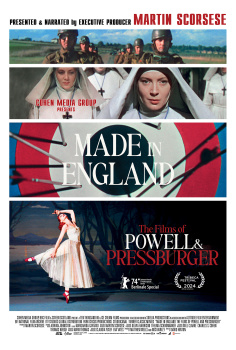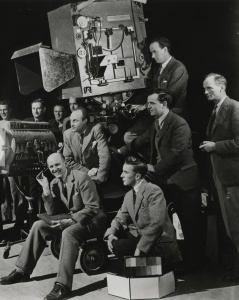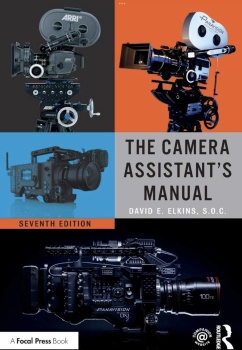Dan Mulligan of Rogue Element Films gives his advice on the use and abuse of Look Up Tables (LUTs) in digital cinematography
-+6.1.jpg) ematography. For on-set work, software is now in place to aid DPs using 16 or 35mm film with their colour decision choices (Kodak LMS, G&D 3cP). We shall look at how LUTs can be used from a DP or camera operators viewpoint. This includes the benefits that LUTs bring to the production, the equipment needed to implement LUTs on the set and the differing ways of using LUTs through to post-production.
ematography. For on-set work, software is now in place to aid DPs using 16 or 35mm film with their colour decision choices (Kodak LMS, G&D 3cP). We shall look at how LUTs can be used from a DP or camera operators viewpoint. This includes the benefits that LUTs bring to the production, the equipment needed to implement LUTs on the set and the differing ways of using LUTs through to post-production. A basic view on LUTs
It’s important
 to understand that firstly this is not grading on-set. The grading is done in the post facility with something like a Baselight/Pogle. What we are doing is interpreting the colour intention of the photography as it is shot to give the grading and post team a good base from which to start from. We are creating a continuous colour pipeline from on-set colour decisions all the way through post, and thus keeping the intents of the DP from the set through into post. Important colour decisions made on-set can now be visually interpreted by post with a clear understanding of the DP’s intentions.
to understand that firstly this is not grading on-set. The grading is done in the post facility with something like a Baselight/Pogle. What we are doing is interpreting the colour intention of the photography as it is shot to give the grading and post team a good base from which to start from. We are creating a continuous colour pipeline from on-set colour decisions all the way through post, and thus keeping the intents of the DP from the set through into post. Important colour decisions made on-set can now be visually interpreted by post with a clear understanding of the DP’s intentions. Essentially colour management
Things may change further down the line, but the DP’s decisions made on-set are now clear to all. Although talented graders need only a few seconds to correct an image, at least they have the DP’s colour ideas with which to start from – and it helps. Post houses can also help set LUTs before photography begins, leaving no doubt about how digital dailies and reference DVDs will look – this again helps DPs and post work together to achieve the same colour path. Digital Cinematography should try to retain the correct colour intention from acquisition, to on-set displays and through post production to final print release. continues..


























































